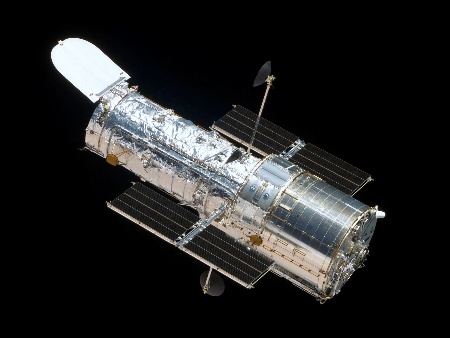Free Courses Sale ends Soon, Get It Now


Free Courses Sale ends Soon, Get It Now



Copyright infringement not intended
Context
Hubble Telescope
JWST
Differences between Webb and the Hubble Telescope
© 2024 iasgyan. All right reserved